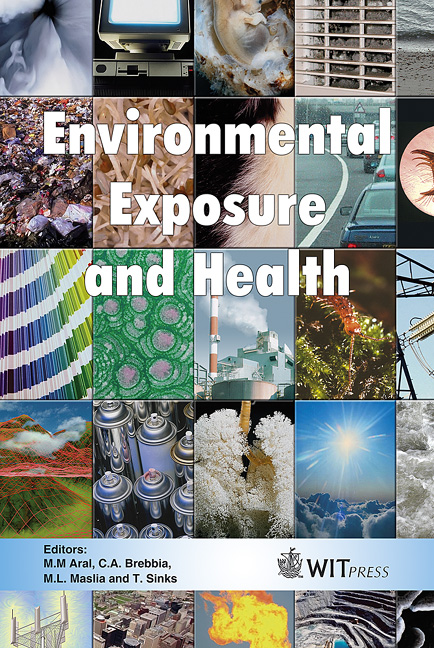Assessing Human Exposure To Acrylamide
Price
Free (open access)
Transaction
Volume
85
Pages
9
Published
2005
Size
284 kb
Paper DOI
10.2495/EEH050211
Copyright
WIT Press
Author(s)
H. W. Vesper, M. Ospina, T. Meyers, A. Smith, L. Ingham, G. Gray & G. L. Myers
Abstract
Acrylamide is considered as probably carcinogenic to humans. The International Agency for Research on Cancer (IARC) rates it as a Group 2A reagent. Therefore, human exposure to acrylamide in occupational settings has been of concern for a long time. Until recently, tobacco smoke was assumed to be the only major source of acrylamide exposure in the general population. Now, it is well established that acrylamide is formed in food during processing or cooking at high temperatures. Surveys showed that acrylamide can be found in most types of food, with highest amounts measured in French fries and potato chips. The concentrations found in some foods exceed the concentrations found for other environmental contaminants, such as pesticides. The Division of Laboratory Sciences at CDC’s National Center for Environmental Health, through a biomonitoring program project, is assessing people’s exposure to this chemical. The goal is to better assess the magnitude and distribution of human exposure to acrylamide and risks associated with this exposure in the general population. Project researchers are measuring biomarkers of exposure such as hemoglobin adducts of acrylamide and its primary metabolite glycidamide. First assessments show that biomarker levels mainly range between 27 pmol/g globin and 148 pmol/g globin for acrylamide and glycidamide adducts, respectively. Biomarker values in smokers are about 3 to 4 times higher than in non-smokers. An initial study looked at the effects of acrylamide in food on biomarkers of acrylamide exposure. Results indicate that acrylamide consumed through food has a more profound effect on glycidamide adduct levels than on acrylamide adduct levels. The acrylamide biomarker concentrations determined so far are within the range reported by other investigators. Smoking appears to be an important contributor to the background exposure found in people. Keywords: acrylamide, glycidamide, exposure assessment, hemoglobin adducts.
Keywords
acrylamide, glycidamide, exposure assessment, hemoglobin adducts.




